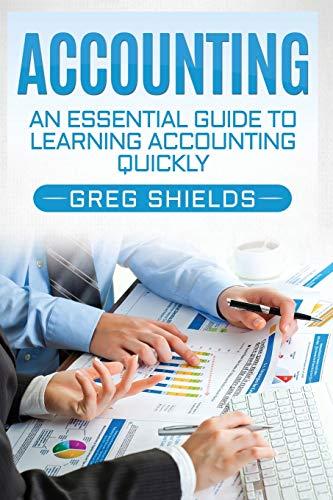Question
Family Finance Co. (FFC), a publicly traded commercial bank located in South Carolina, has a December 31 year-end. FFC invests in a variety of securities
Family Finance Co. (FFC), a publicly traded commercial bank located in South Carolina, has a December 31 year-end. FFC invests in a variety of securities to enhance returns, managing its investment portfolio in an effort to earn returns greater than interest paid on bank deposits and other liabilities. As of December 31, 2012, FFCs investments primarily consist of (1) collateralized debt obligation (CDO) securities, (2) mortgage- backed securities (MBSs), (3) auction-rate securities (ARSs), (4) equity securities of nonpublic companies, (5) plain vanilla interest rate swaps that FFC uses to hedge its exposure to variable interest rates on its corporate debt, and (6) a fixed-for-float fuel swap held for investment purposes. All cash payments made under these instruments are in U.S. dollars. FFC accounts for its investments at fair value with changes in fair value reflected either in earnings (for trading securities) or other comprehensive income (OCI) (for available- for-sale securities). Because FFC uses the interest rate swap in a cash-flow hedge, it measures the derivative at fair value, presenting the portion of the fair value change that effectively offsets cash flow variability on its corporate debt in OCI and the remainder in earnings. Facts related to specific securities and derivatives owned by FFC are described below.
Instrument 4 Equity Investment in a Nonpublic Company
In 2011, FFC invested in the common stock of Company X, a privately held clothing retailer that operates in a niche market of the baby clothing industry. Quoted prices are not available for Xs stock.2 Most of Xs competitors are either privately held or subsidiaries of larger publicly traded clothing retailers. Company X is similar to two other organizations whose shares are thinly traded in an observable market.
In determining an appropriate approach for measuring the fair value of its equity investment in X, FFC considered the following factors to establish whether a single or a multiple valuation technique should be adopted:
Availability and reliability of data FFC had sufficient data to support both the income and market approaches.
Comparative levels of the alternative approaches in the fair value hierarchy When using a market approach to measure the fair value of its investment in X, FFC would need to make significant entity-specific adjustments to observable market transactions (i.e., risk-adjustments for illiquidity, uncertainty of Xs future financial performance in relation to its comparables, and other adjustments to reflect business model differences between X and its comparables). Similarly, when measuring fair value using an income approach (on the basis of discounted cash flows), FFC would be required to use significant entity-specific assumptions in forecasting Xs future cash flows.
Views of market participants on the relevance of valuation techniquesThrough discussions with valuation specialists, FFC believes that market participants use multiple techniques (income and market approaches) to determine bid prices for similar investments. FFC also used both approaches in 2011 when pricing its investment in X.
Considering this information, in 2011 FFC determined that it would use both market and income approaches (weighted equally) to measure the fair value of its investment in X. FFC has applied a consistent approach during 2012.
2NotethatthesecuritydoesnothaveareadilydeterminablefairvalueandthusisnotinthescopeofASC 320, Investments Debt and Equity Securities. However, FFC has elected the fair value option for the security in accordance with ASC 825, Financial Instruments, and thus accounts for the investment at fair value with changes in fair value recorded through earnings.
Re quire d:
Determine the appropriate classification in the fair value hierarchy for each of the instruments referenced in the case as of December 31, 2012. Provide support from appropriate authoritative guidance. Consider the following:
FFCs determination of whether the respective markets for the instruments were active or inactive and whether there was a significant decrease in the volume and level of activity for the instruments.
The valuation techniques (market approach, income approach, or both) used by FFC. Note that the techniques and inputs used by FFC are assumed to be appropriate in the circumstances. The information is provided to form a conclusion about where a measurement should be classified within the fair value hierarchy.
The classification in the fair value hierarchy for each input into the fair value measurement and how those classifications affect classification in the fair value hierarchy of the entire instrument.
Step by Step Solution
There are 3 Steps involved in it
Step: 1

Get Instant Access to Expert-Tailored Solutions
See step-by-step solutions with expert insights and AI powered tools for academic success
Step: 2

Step: 3

Ace Your Homework with AI
Get the answers you need in no time with our AI-driven, step-by-step assistance
Get Started


